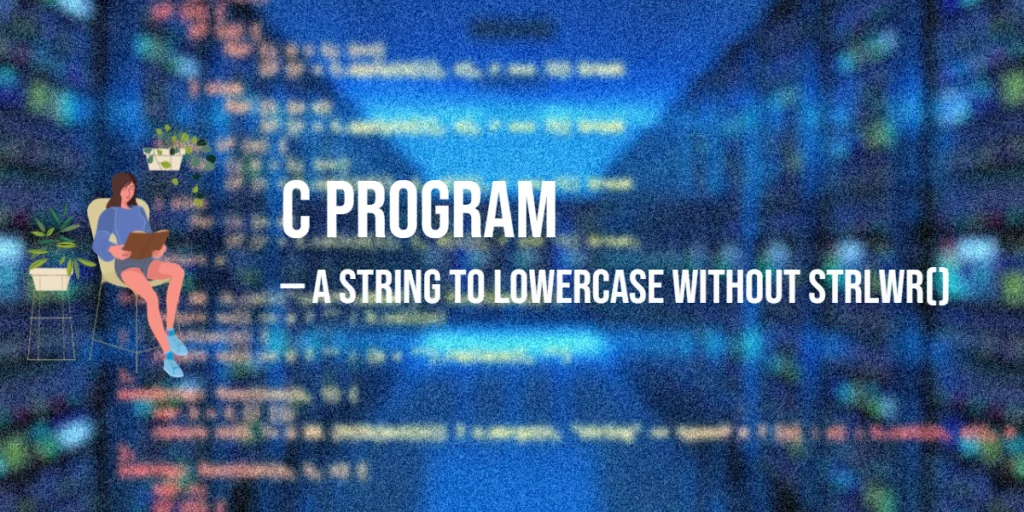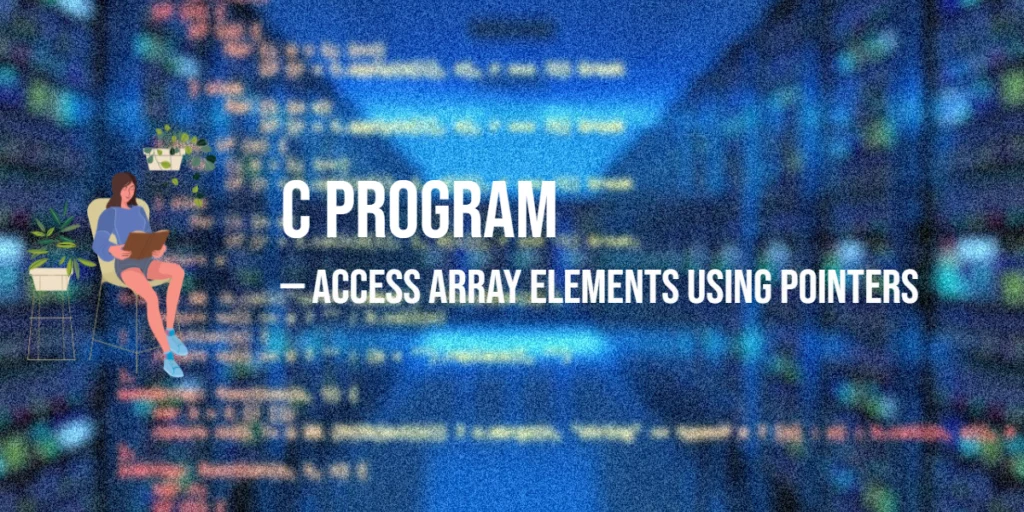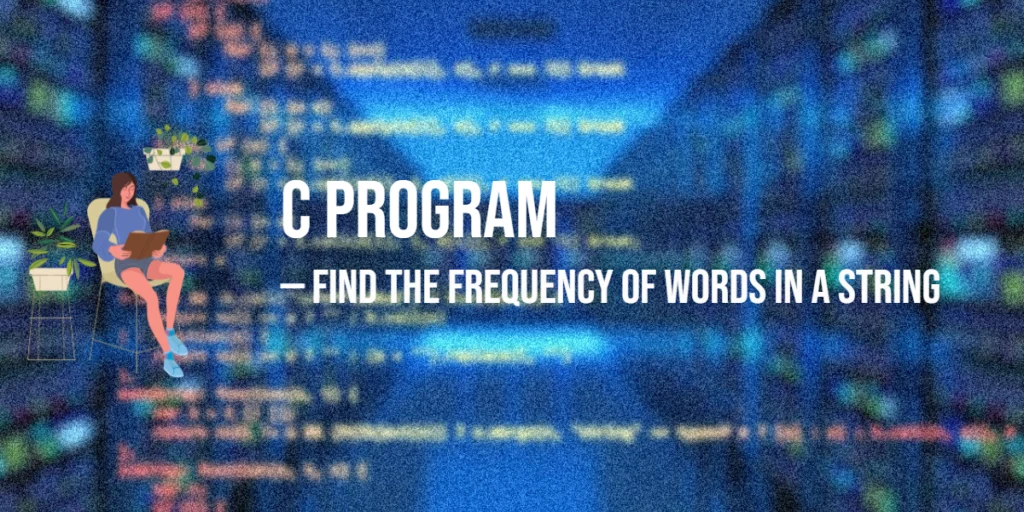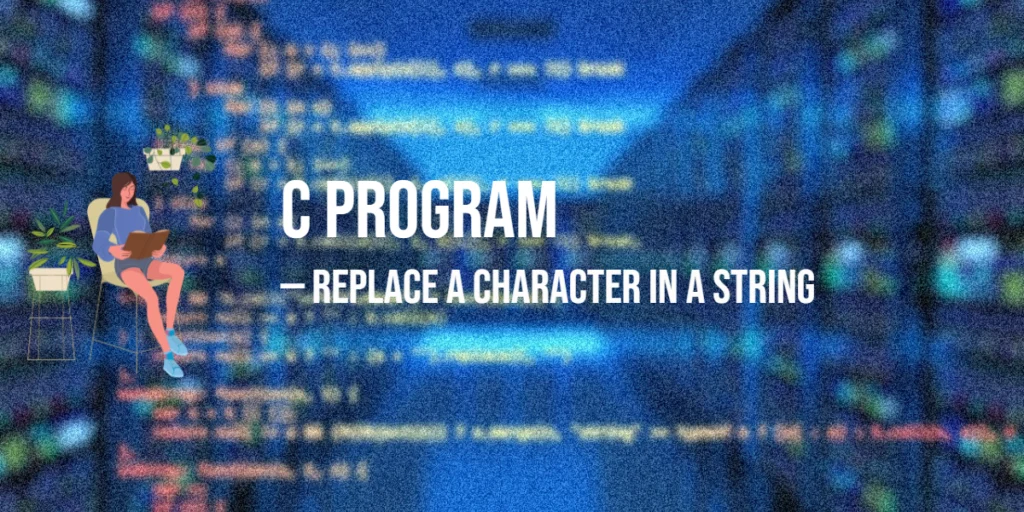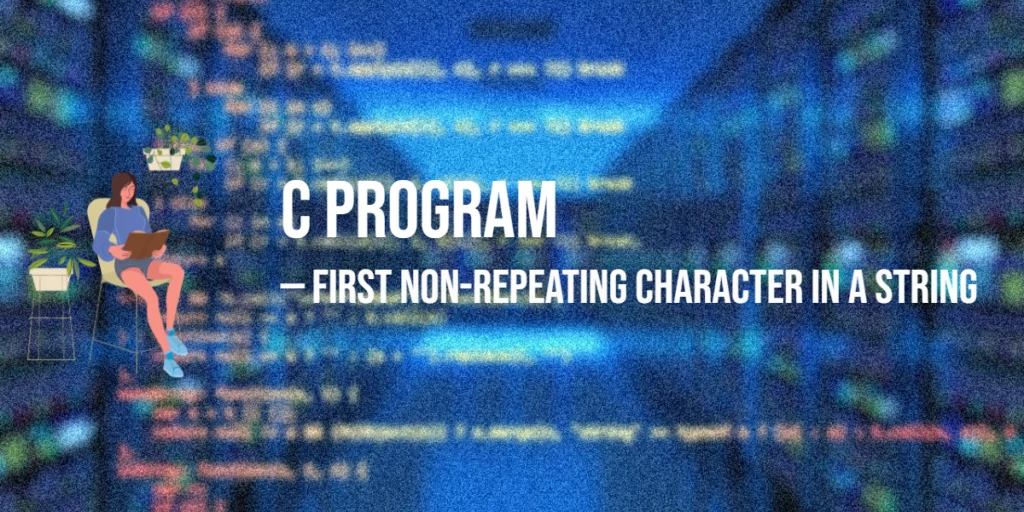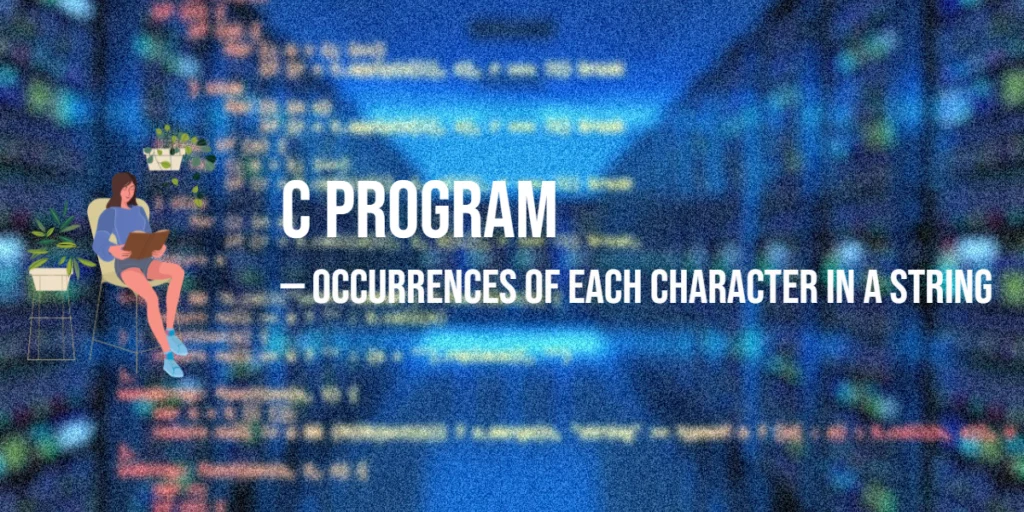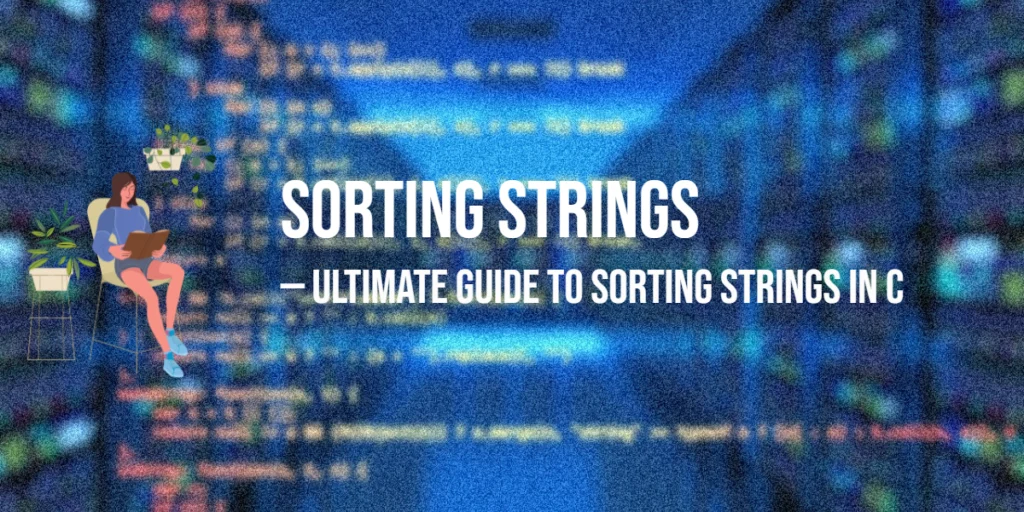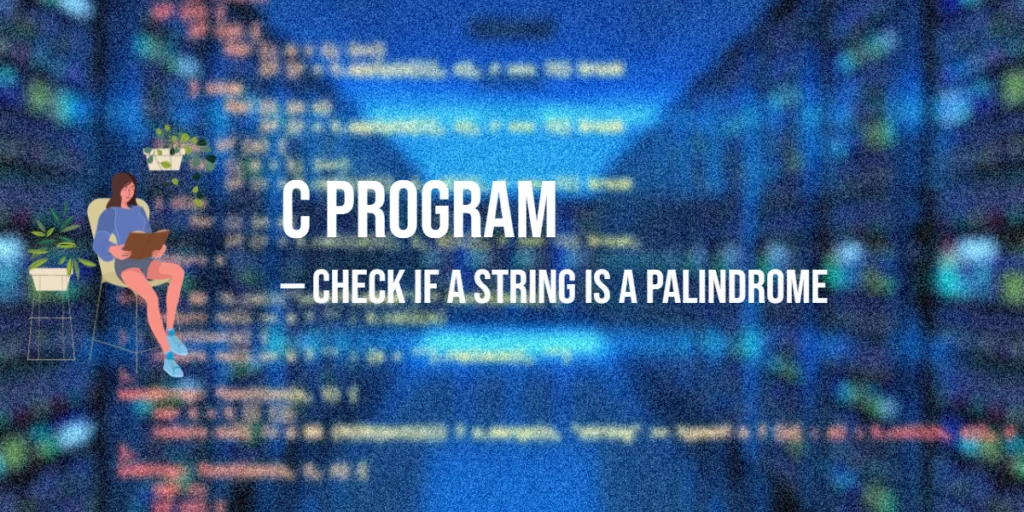C Program to Convert a String to Lowercase Without strlwr()
Converting a string to lowercase is a very common operation in C programming. Normally, you might use the strlwr() function, but like strupr(), it is not part of the standard C library and may not work in every compiler. That is why it is useful to know how to implement this operation manually. Understanding lowercase […]
C Program to Convert a String to Lowercase Without strlwr() Read More »
